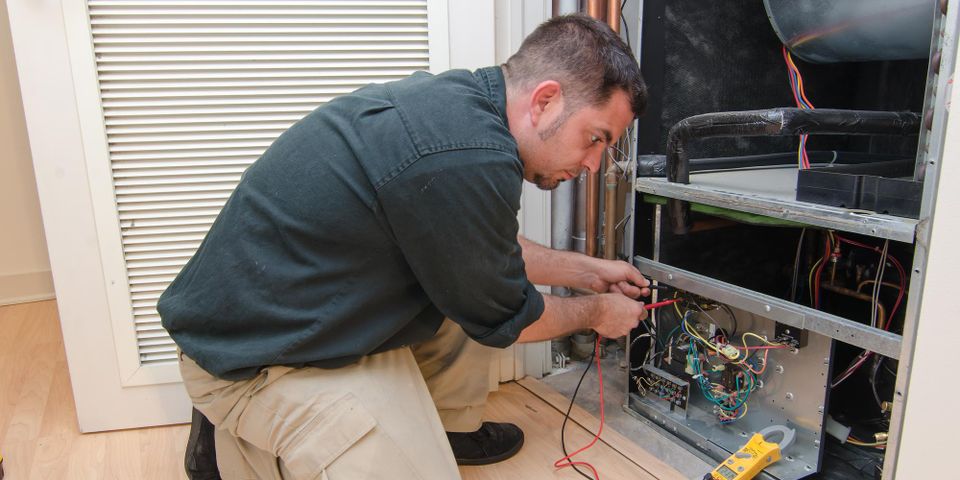
SEER ratings, or seasonal energy efficiency ratio ratings, are used to determine the ratio of cooling output of an air conditioning unit over the season divided by the energy used in Watt-Hours. Essentially, it identifies how efficiently the unit runs. This rating is critical when you are shopping for a new system as it can help you save money on utility bills. Here are a few basic facts to keep in mind before calling your HVAC contractor.
4 FAQ About SEER Ratings
Is a higher SEER rating better for energy efficiency?
Higher SEER ratings correlate with better energy efficiency. While the cost to have it installed by your HVAC contractor might be higher, the money you save in the long run make this initial investment worth it, especially if you run your system a lot during the summer. In addition to lower utility bills, these systems produce fewer emissions and reduce greenhouse gases emissions, minimizing your impact on the environment.
Does the SEER rating go down over time?
 The older the system gets, the lower the SEER rating will be. Every appliance or machine degrades over time, but with proper maintenance, you can ensure your unit runs efficiently. HVAC contractors can ensure clean, functioning components and handle any impending trouble early. It is also beneficial to program settings with a digital thermostat so your system isn’t operating when no one is home. Other maintenance tips include changing filters, wiping away dirt and grime around the unit and on vents, and making sure any outdoor components are free from debris.
The older the system gets, the lower the SEER rating will be. Every appliance or machine degrades over time, but with proper maintenance, you can ensure your unit runs efficiently. HVAC contractors can ensure clean, functioning components and handle any impending trouble early. It is also beneficial to program settings with a digital thermostat so your system isn’t operating when no one is home. Other maintenance tips include changing filters, wiping away dirt and grime around the unit and on vents, and making sure any outdoor components are free from debris.
How can you determine what you need?
The standard for SEER ratings used to range from 8 to 10, but now it’s based on your region. For northeastern areas, you’ll want a unit with a rating of at least 13. In addition, you should purchase a unit that is sized for the volume, not just square footage, of your home and take into account walls exposed to sunshine and the age of your windows. Most homes do well with one to five tons of cooling capacity. Too small, and it will have to work hard to maintain temperatures. Too large and it will cycle on and off too much. Both situations lead to inefficiency.
How are SEER & BTU different?
SEER measures the efficiency output based on usage, while BTUs (British Thermal Units) measure how much heat an air conditioner can remove from a room per hour. Both SEER and BTU are necessary for selecting the right setup for your home.
For a reliable, knowledgeable HVAC contractor in Thomaston and Bristol, CT, Thomaston Oil is your top choice. The company brings more than 30 years of service to the area, ensuring your heating and cooling needs are met every season. In addition to being a trustworthy HVAC contractor, they provide convenient heating oil delivery. Their plans and discounts keep you in your budget, and their 24-hour emergency repair ensures help when you need it most. Call (860) 283-4878 for an estimate or visit their website for details on their service plans.
About the Business
Have a question? Ask the experts!
Send your question

